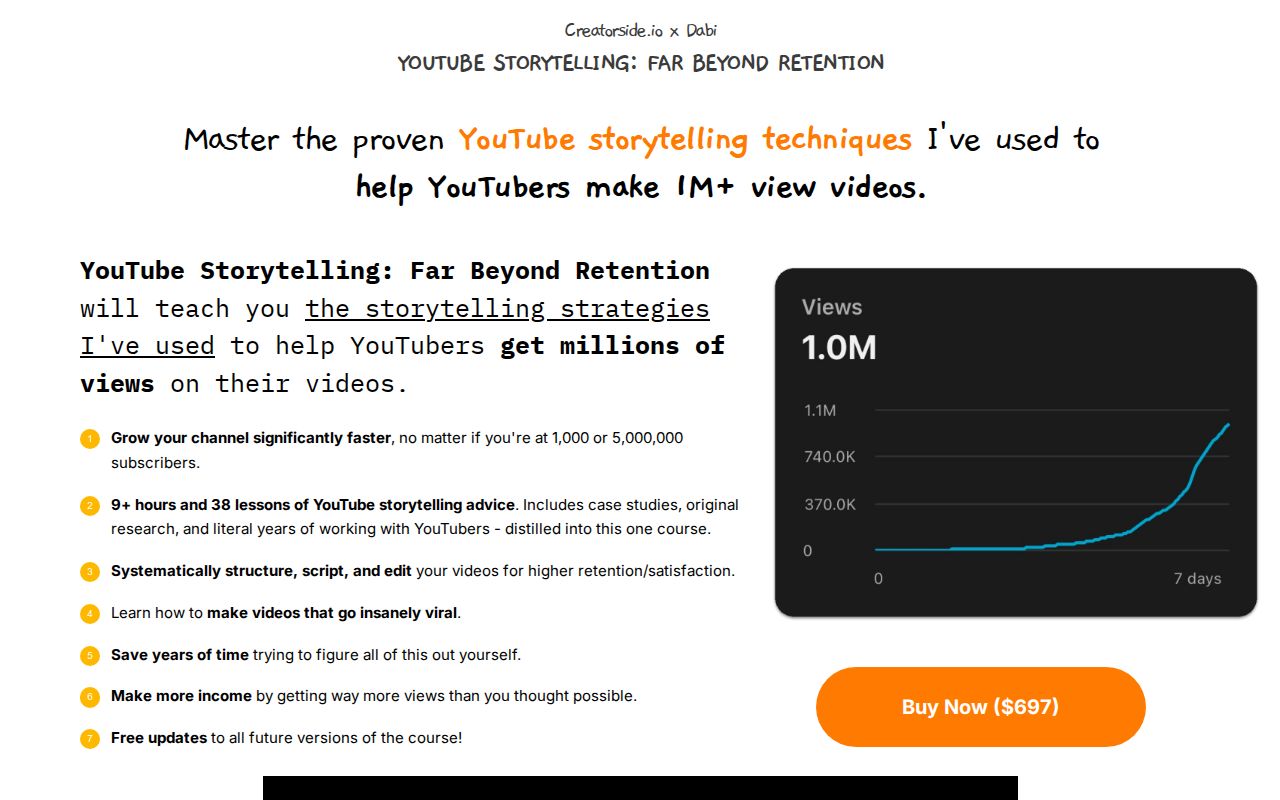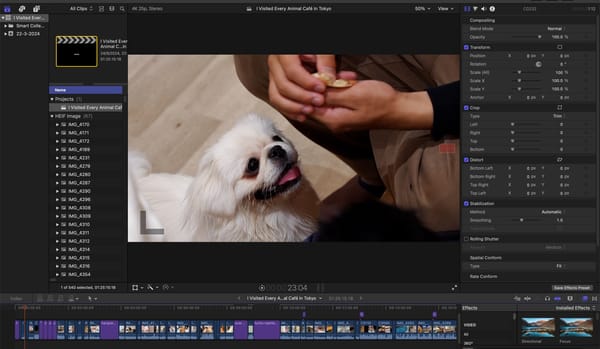Herbie Hancock is one of the true living legends of jazz, and his influence spans far beyond any single genre. He’s a pianist, composer, and innovator who’s always been a bit ahead of his time. Starting with his work with Miles Davis in the 1960s, he pushed jazz in new, exciting directions, blending it with funk, electronic music, and rock.
Something about YouTube storytelling is that I feel that in order to continue progressing it as a field, it’s especially important to take things from lessons outside of YouTube in order to continue to help people innovate on the next generation of content. Storytelling is this really special blend of creativity and psychology, and music has a lot of vital concepts it can teach us in order to get better at it.
And so thats why I decided to take bits and pieces from his course on Masterclass (#notSponsored), to see what I could learn.
Here’s just one lesson that blew my mind, because this is a realisation that could potentially elude someone forever.
Herbie Hancock learns from Donald Byrd
Herbie was always good. He could play moderate tempos and ballads.
But when he tried to improvise fast tunes, he thought he was terrible! He could play chord changes, but improvising on top of that just felt elusive to him.
He recalls a time when he struggled to play with Donald Byrd – a legendary trumpet player – for a fast song called “Cherokee,” and he couldn’t keep up.
He told Donald about his dilemma, and Donald Byrd offered him an incredible insight:
“The reason you can’t play fast is because you’ve never heard yourself playing fast before.”
Donald advised Herbie to write some music for himself, as if he intended to play it fast, and then to practice it later.
“Don’t practice just to learn those notes,” he said. “Practice to get it a little under your fingers, so you can learn to do it.”
Jazz isn’t about playing exact notes, like in classical music; it’s about creating something that musically fits.
“That night, we played ‘Cherokee’… and I could play fast! I didn’t even use the notes I had practiced,” Herbie recalls. “Donald said it was because I had finally heard myself playing fast when I practiced what I wrote. That was enough to trick my mind into getting over that hurdle.”
How You Can Push Your YouTube Skill With This Method
Applied to YouTube, there's really two things that I think are analogous to this;
- Storyboarding
- Practicing your storyboard
These days, I tend to do storyboarding just by literally making a Keynote (Powerpoint) presentation, and then editing slides like that, as if they're cuts in a video.
Then to practice it, you can voice over a screen recording of that presentation.
This way, you'll get an intuition for how a video will feel. This process doesn't and shouldn't take a long time – it's mainly to provide a rough idea of how a video will feel before you even start making it, to know how to make it work.
I feel like this will be especially useful especially for people above a few hundred thousand subscribers or few million subscribers – who are trying to test new concepts and push limits. Although YouTubers with less than that can of course use this method, I would probably advise it's more productive just to put your first drafts out there, because you need quantity and data (specifically retention graphs) first to get a better intuition for what will work in a video first.
Many thanks to Ben Syversen who pointed out that Donald Byrd was a trumpet player rather than a drummer – which has now been corrected.
Need more help?
If you want even more specific advice on storytelling, I made a whole course on YouTube storytelling, where I share lessons from my work with helping YouTubers make 1,000,000+ view videos. You can check it out here:






